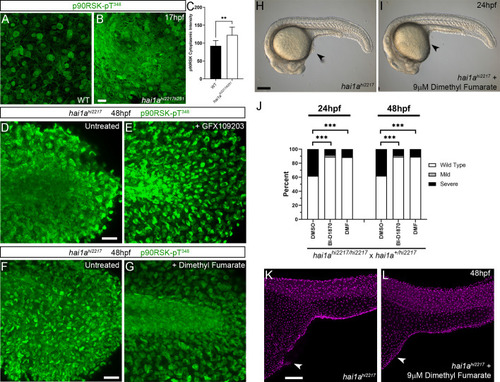Figure 10—figure supplement 1.
- ID
- ZDB-FIG-210725-99
- Publication
- Ma et al., 2021 - Matriptase activation of Gq drives epithelial disruption and inflammation via RSK and DUOX
- Other Figures
-
- Figure 1
- Figure 1—figure supplement 1.
- Figure 2
- Figure 2—figure supplement 1.
- Figure 3
- Figure 3—figure supplement 1.
- Figure 4
- Figure 4—figure supplement 1.
- Figure 5.
- Figure 6.
- Figure 7
- Figure 7—figure supplement 1.
- Figure 8
- Figure 8—figure supplement 1.
- Figure 9
- Figure 9—figure supplement 1.
- Figure 9—figure supplement 2.
- Figure 10
- Figure 10—figure supplement 1.
- Figure 11.
- All Figure Page
- Back to All Figure Page
|
( |

